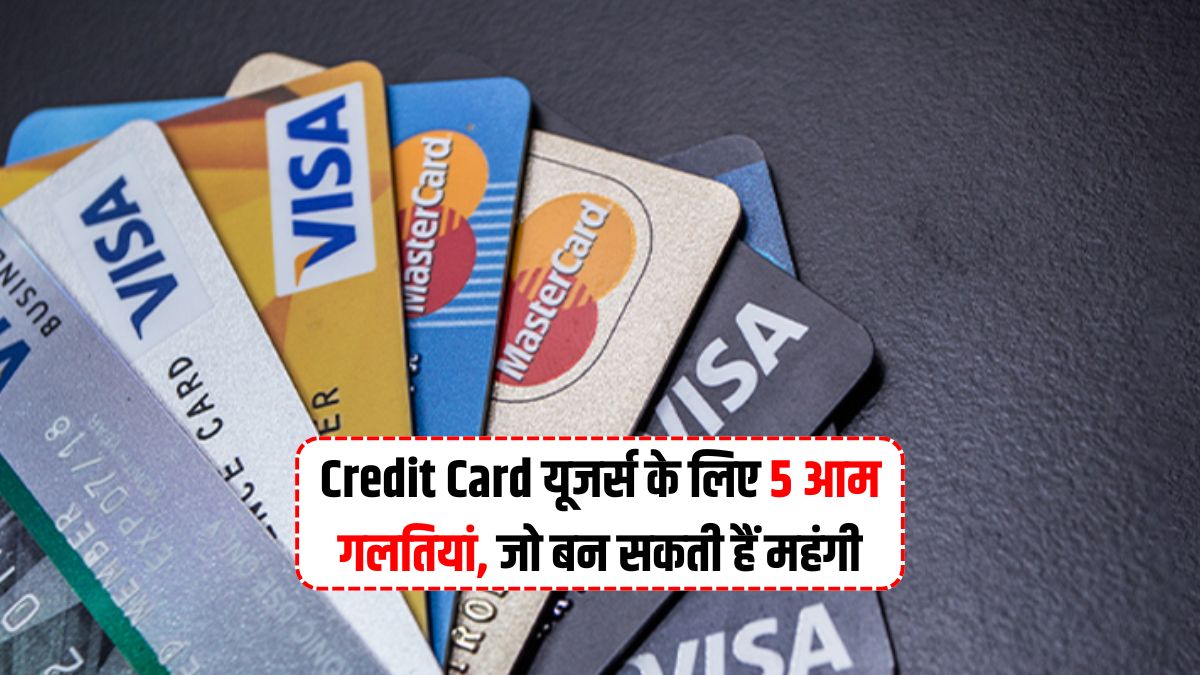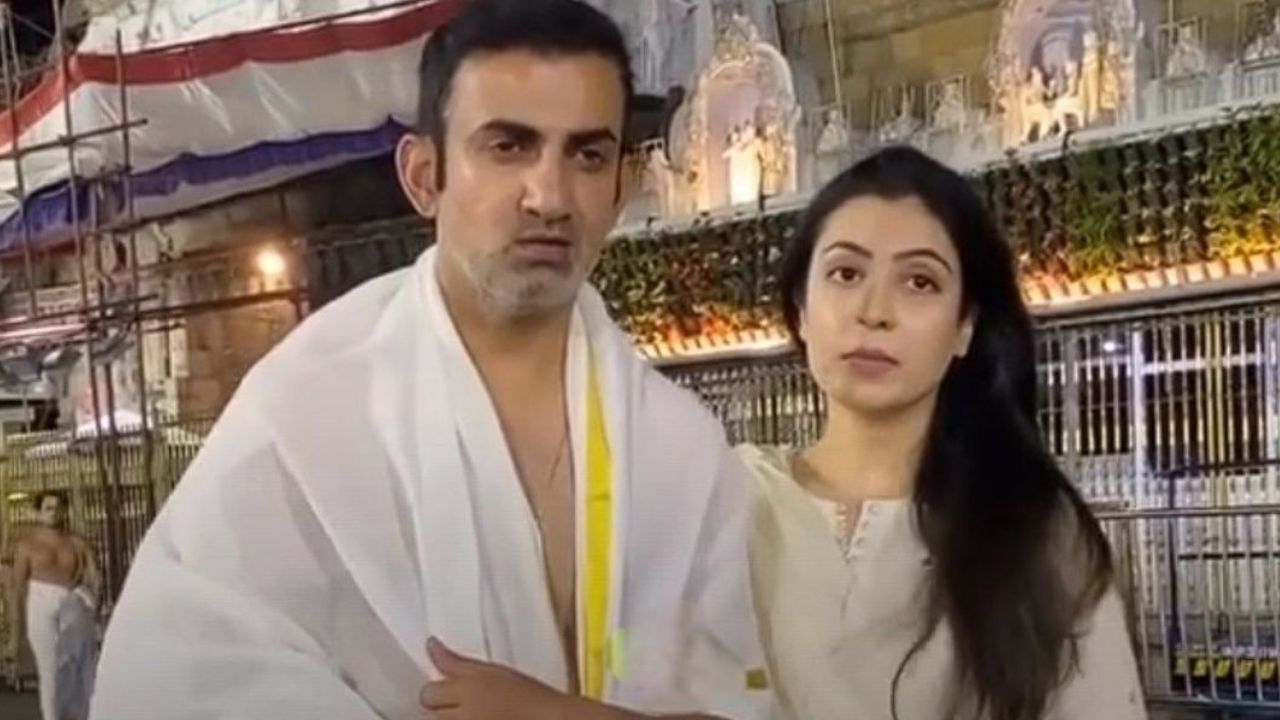Credit Card: Credit cards have become a common financial tool today. Many people keep more than one credit card to make shopping easier, especially when they don’t have enough funds readily available. However, along with the convenience, some responsibilities come with using credit cards. If we fail to pay the bills on time, it can trap us in debt and lead to heavy interest and penalties of up to 24%. In this article, we’ll explore the pros and cons of having multiple credit cards.

The Benefits of Having Multiple Credit Cards
When you have multiple credit cards, one big advantage is the interest-free credit cycle. Typically, a credit card offers an interest-free period of around 45 days. But if you have more than one credit card, you can extend this period. For example, you can pay off one credit card bill using another, giving you extra time to pay. This is known as a credit rollover, which allows you more time to spend without interest charges.
Additionally, having cards from different banks gives you access to various reward points, cashbacks, and special offers. This can help you save money on your purchases. For instance, one card may offer cashback on shopping, while another may provide loyalty points or discounts. These benefits can add up, allowing you to save more in the long run.
Some credit cards offer special long-term offers like discounts on movie tickets or hotel bookings. If you often travel or go to the movies, these cards can be extremely beneficial. For example, some cards give you 10% to 30% off on movie tickets, helping you save on entertainment.
The Drawbacks of Having Multiple Credit Cards
While there are several benefits, having multiple credit cards can also have some downsides. The most notable disadvantage is the annual fee you need to pay for each card. This fee can add up, especially if you’re not making full use of the card’s benefits. Therefore, it’s important to evaluate whether the rewards you earn from the card outweigh the annual fee.
Another disadvantage of having multiple credit cards is that it increases your total credit limit. While this gives you more spending power, it can also increase the risk of falling into debt. With a higher limit, it becomes easier to spend beyond your means, which can lead to financial strain and high-interest charges if you fail to make payments on time.
Moreover, when you have multiple credit cards, you need to keep track of different payment dates and credit cycles. If you have three or more credit cards, you might forget to pay one of the bills, which can affect your credit score negatively. In such cases, it’s better to keep things simple and organized to avoid unnecessary stress.

Conclusion: Weighing the Benefits and Drawbacks of Multiple Credit Cards
Having multiple credit cards comes with its advantages, such as credit rollover, cashbacks, and special offers. However, it also brings some challenges, including annual fees, the risk of higher debt, and the difficulty of managing payment dates. Therefore, you need to ensure that you are using your credit cards responsibly and keeping your spending in check. While having multiple credit cards can offer significant rewards, it’s important to manage them properly to avoid financial trouble.
Read More
SBI Vs PNB Home Loan, What Will Your EMI Be for a 50 Lakh Loan
Invest ₹2 Lakh in MSSC Scheme and Get ₹2,32,044 in Just 2 Years Here’s How
Bank Holidays Alert, What You Can Still Do Online During May June 2025
Dailynews24 App :
Read the latest News of Country, Education, Entertainment, Business Updates, Religion, Cricket, Horoscope Here. Read Daily Breaking News in English and Short Video News Covers.





















